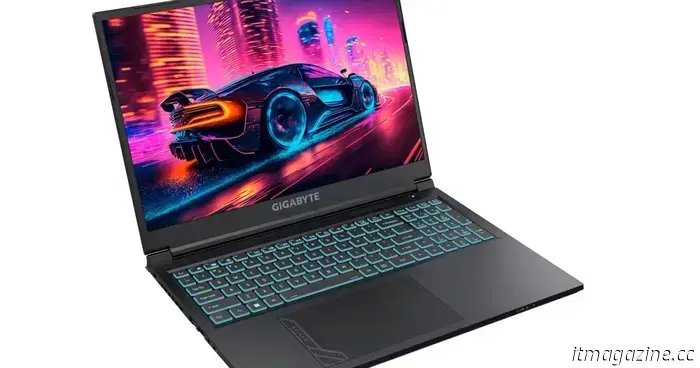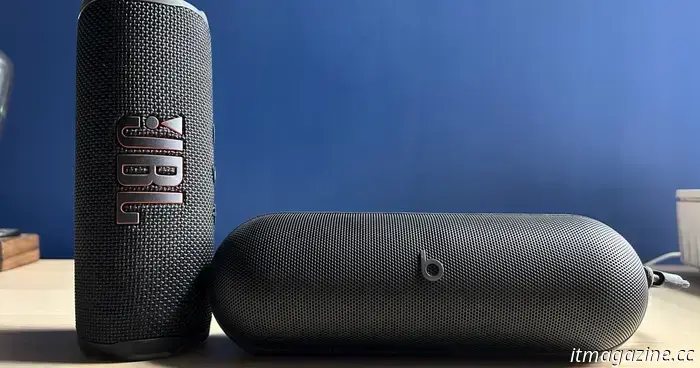I evaluated the cameras of the Pixel 9a and iPhone 16e, and the results were nearly equal.
The Google Pixel 9a's primary competitor, regardless of your purchasing decision, is the Apple iPhone 16e. Just as dogs chase cats, a new Pixel phone will inevitably face off against an iPhone in a camera comparison, and recently, we've been exploring which device excels in photography—the Pixel 9a or the iPhone 16e.
**Camera Specifications**
The Google Pixel 9a offers a 48-megapixel main camera featuring an f/1.7 aperture and optical image stabilization (OIS), alongside a 13MP wide-angle camera with an f/2.2 aperture and a 120-degree field of view. The front sports a 13MP selfie camera.
In contrast, the iPhone 16e has a single 48MP camera on the rear with an f/1.6 aperture and OIS, and features a 12MP selfie camera upfront. It lacks additional functionality like wide-angle, macro, or depth sensors, and does not include a telephoto lens. However, both devices have a shortcut enabling 2x zoom in the camera app.
The wide-angle camera of the Pixel 9a may give it an edge for some users, but during my time with the iPhone 16e, I found I rarely utilized a wide-angle camera and didn’t miss it. While we can't compare the Pixel 9a's wide-angle capabilities directly with anything available on the iPhone 16e, don’t automatically assume its presence will drastically alter your photography habits.
**Main Camera**
Before diving into the comparison, it's worth noting that if pixel count is your focus, the iPhone 16e shines. Its main camera captures images at 5712 x 4284 pixels, while the Pixel 9a’s photos are typically 4000 x 3000. This translates to the iPhone 16e retaining more detail during cropping, which is essential for achieving a quality 2x photo, whereas the Pixel 9a keeps the same pixel count.
Since I started using the Pixel 9a, I've noticed its photos often require some editing for enhanced color and vibrancy; otherwise, they may appear a bit flat and dull. This becomes especially apparent in comparison with the iPhone 16e's camera, which tends to deliver photos with greater life, warmth, and color without any need for editing.
For instance, the tulip photo highlights the iPhone’s brightness and vibrancy, while the Pixel 9a renders the colors in a more subdued manner that some might label as natural, whereas others may perceive it as a bit muted. The difference in warmth is even more visible in subsequent photos, evident in everything from the driveway to the building's masonry.
The focal lengths also appear to vary; the Pixel 9a often focuses on objects deeper in the shot than the iPhone does. However, what makes the coffee and shortbread photo stand out is the white balance. The iPhone 16e displays sharper whites that are less blue compared to the Pixel 9a, and overall, the image's warmth is more visually appealing.
Combining all these elements in one photograph, the iPhone 16e's higher pixel count becomes apparent in the detail on the watch bezel and dial, along with its warm tones, balanced white levels, and defined blacks. The Pixel 9a doesn't leave the same strong impression visually. Thus, the iPhone 16e prevails in this category.
**Winner: Apple iPhone 16e**
**2x Zoom**
Keep in mind that neither device includes a dedicated telephoto lens or optical zoom; instead, both promote taking 2x zoom shots using a shortcut within the camera applications. The iPhone 16e crops its main camera photos to 4032 x 3024 pixels for 2x images, while the Pixel 9a retains the 4000 x 3000 pixel count from the main camera and enhances the final output using AI.
The initial 2x photo of a car reveals two key differences between the cameras. Firstly, there’s the continuation of the iPhone 16e’s superior white balance. Secondly, the iPhone’s 2x shots often appear overly processed in comparison to the Pixel 9a’s images. The Pixel 9a isn’t free from processing either, with noticeable jagged lines and noise evident upon cropping.
Color reproduction differences become clear in the second photo of daffodils, where the iPhone’s output features brighter, more vivid colors closely resembling reality compared to the Pixel 9a. However, the Pixel 9a avoids the significant processing seen in the iPhone 16e’s image and retains considerable detail even without optical zoom.
In the last photograph, the closeness between the two is highlighted. The Pixel 9a’s image is sharper and less immediately identifiable as a digital zoom,
Other articles
 NYT Crossword: solutions for Friday, April 18
The crossword puzzle in The New York Times can be challenging, even if it's not the Sunday edition! If you're facing difficulties, we're available to assist you with today’s clues and solutions.
NYT Crossword: solutions for Friday, April 18
The crossword puzzle in The New York Times can be challenging, even if it's not the Sunday edition! If you're facing difficulties, we're available to assist you with today’s clues and solutions.
 This Gigabyte gaming laptop featuring an RTX 4060 and 32GB of RAM is priced at only $1,000.
The Gigabyte G6 gaming laptop can be purchased from Best Buy for $1,000, a great deal for a machine equipped with the Nvidia GeForce RTX 4060 and 32GB of RAM.
This Gigabyte gaming laptop featuring an RTX 4060 and 32GB of RAM is priced at only $1,000.
The Gigabyte G6 gaming laptop can be purchased from Best Buy for $1,000, a great deal for a machine equipped with the Nvidia GeForce RTX 4060 and 32GB of RAM.
 This TCL 98-inch TV is currently at almost a 50% discount — you can save $1,500.
If you're searching for a large 4K TV, the TCL 98-inch Q6 Series is a great option. Right now, this massive QLED is priced at just $1,600 at Amazon, Best Buy, and Walmart.
This TCL 98-inch TV is currently at almost a 50% discount — you can save $1,500.
If you're searching for a large 4K TV, the TCL 98-inch Q6 Series is a great option. Right now, this massive QLED is priced at just $1,600 at Amazon, Best Buy, and Walmart.
 JBL Flip 7 vs. Beats Pill: Which portable speaker suits your needs?
It's a clash between elegant refinement and raw power, resulting in an unexpected result.
JBL Flip 7 vs. Beats Pill: Which portable speaker suits your needs?
It's a clash between elegant refinement and raw power, resulting in an unexpected result.
 Google showcases its smart glasses, leaving us eager for what the future holds.
Google has showcased its AI smartglasses to the public for the first time, and the future seems to be eagerly awaited.
Google showcases its smart glasses, leaving us eager for what the future holds.
Google has showcased its AI smartglasses to the public for the first time, and the future seems to be eagerly awaited.
 The Star Wars film by Shawn Levy and Ryan Gosling is set to be released in 2027.
During Star Wars Celebration, Lucasfilm officially revealed one of the upcoming films in the franchise.
The Star Wars film by Shawn Levy and Ryan Gosling is set to be released in 2027.
During Star Wars Celebration, Lucasfilm officially revealed one of the upcoming films in the franchise.
I evaluated the cameras of the Pixel 9a and iPhone 16e, and the results were nearly equal.
Which phone captures better photos, the Apple iPhone 16e or the Google Pixel 9a? It's a tough comparison, but after thorough testing, we have the answer.
